
- Home
- India
- World
- Premium
- THE FEDERAL SPECIAL
- Analysis
- States
- Perspective
- Videos
- Sports
- Education
- Entertainment
- Elections
- Features
- Health
- Business
- Series
- In memoriam: Sheikh Mujibur Rahman
- Bishnoi's Men
- NEET TANGLE
- Economy Series
- Earth Day
- Kashmir’s Frozen Turbulence
- India@75
- The legend of Ramjanmabhoomi
- Liberalisation@30
- How to tame a dragon
- Celebrating biodiversity
- Farm Matters
- 50 days of solitude
- Bringing Migrants Home
- Budget 2020
- Jharkhand Votes
- The Federal Investigates
- The Federal Impact
- Vanishing Sand
- Gandhi @ 150
- Andhra Today
- Field report
- Operation Gulmarg
- Pandemic @1 Mn in India
- The Federal Year-End
- The Zero Year
- Science
- Brand studio
- Newsletter
- Elections 2024
- Events
- Home
- IndiaIndia
- World
- Analysis
- StatesStates
- PerspectivePerspective
- VideosVideos
- Sports
- Education
- Entertainment
- ElectionsElections
- Features
- Health
- BusinessBusiness
- Premium
- Loading...
Premium - Events
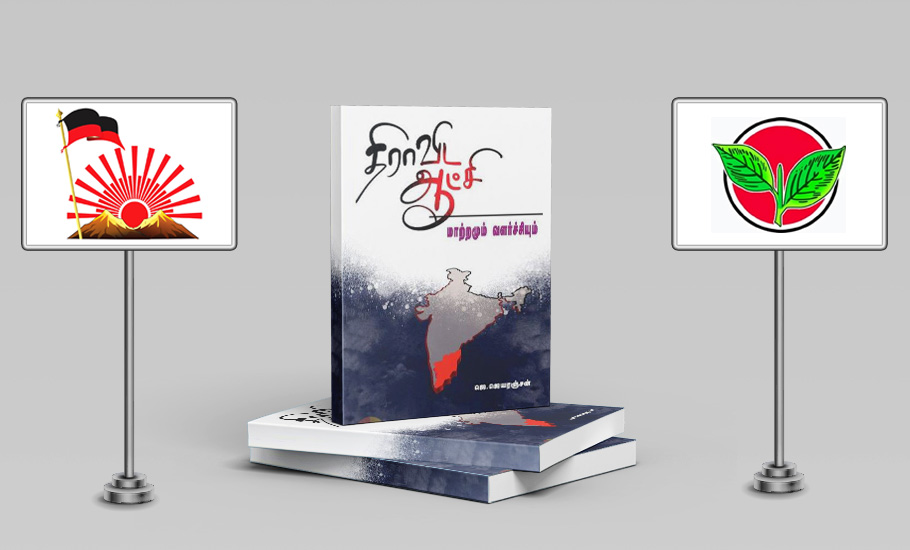
Dravida Aatchi: Why it’s not easy to erase 50 years of Dravidian rule
A combination of populist welfare measures along with social justice by DMK and AIADMK over the years has produced a political commitment to the provision of certain basic public services in Tamil Nadu.

On March 6, 1967, CN Annadurai of Dravida Munnetra Kazahagam (DMK) took oath as the chief minister of Tamil Nadu (Madras State then), after overthrowing Congress in the elections. In the 54 years since, Congress has not been able to taste power in the state on its own. One could say, borrowing from BJP’s wish list, that Tamil Nadu has been nearly Congress-free. But it is not just Congress....
On March 6, 1967, CN Annadurai of Dravida Munnetra Kazahagam (DMK) took oath as the chief minister of Tamil Nadu (Madras State then), after overthrowing Congress in the elections. In the 54 years since, Congress has not been able to taste power in the state on its own. One could say, borrowing from BJP’s wish list, that Tamil Nadu has been nearly Congress-free.
But it is not just Congress. No other party, including BJP, which flexes its muscles in almost all other parts of the country, has been able to capture power in the state. In all these years, DMK and its bête noire AIADMK have ensured that the power doesn’t go out of their hands.
In the wake of this certainty that is somehow assured by the voters, a new demand has arisen, largely from the right-wing camp: “Kazhagangal illatha Thamizhagam!” (Tamil Nadu sans Dravidian parties). This even as the BJP is fighting the ongoing Tamil Nadu assembly elections in alliance with ruling AIADMK.
Naysayers point to the massive corruption and caste discrimination and other ills that have grown in different ways under the two parties.
Critics, however, dismiss such demands as silly or coming from an outsider or those unschooled in Tamil politics.
It is in this context that a recently released book sheds light on the importance of the two Dravidian majors, not merely politically but economically and socially as well, having entrenched its roots in the lives of the people.
Titled ‘Dravida Aatchi: Maatramum Valarchiyum’ (Dravidian Regime: Changes and Growth), it has 12 academic research papers which were already published in various peer reviewed journals, including Economic and Political Weekly. Most of the articles are written by M Vijayabaskar and A Kalaiyarasan, researchers at the Madras Institute of Development Studies (MIDS), Chennai.
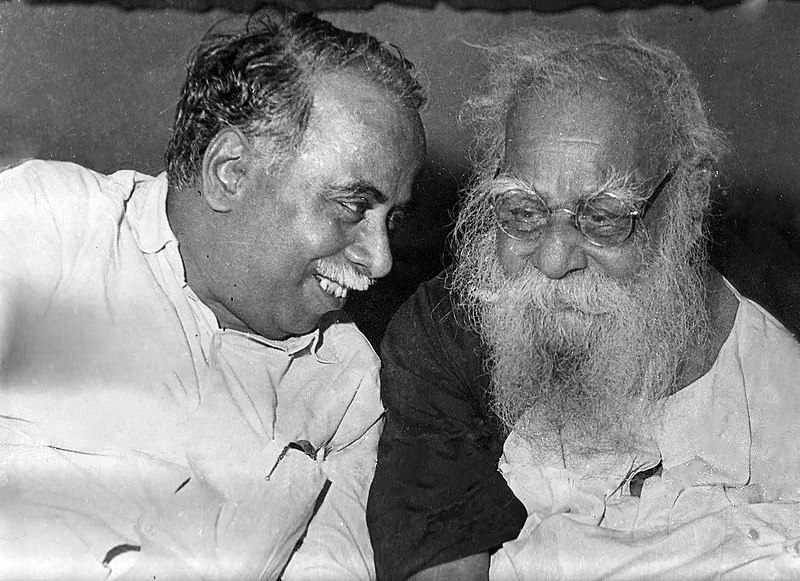
Gujarat model vs Dravidian model
One of the key aspects of this book is how it punctures the Gujarat model claim. Prior to the 2014 Parliamentary elections, the Gujarat model was proposed and publicised by right-wingers to say that Gujarat has much higher growth rate than Tamil Nadu.
Gujarat did indeed outdo most states on various economic indicators such as Gross Domestic Product (GDP) rate, growth in manufacturing and service sectors, agriculture and overall industrial growth. However, when it comes to social indicators, Gujarat falls behind Tamil Nadu in almost all the indicators, such as poverty reduction in rural and urban areas, caste (among SC/ST) and religion (among Muslims) wise poverty reduction, education, health and literacy rate.
A Kalaiyarasan, who is currently a Fulbright–Nehru post-doctoral fellow at Watson Institute for International and Public Affairs, Brown University, and has studied extensively about these developmental debates, suggests that the reason why Tamil Nadu outdid Gujarat on social indicators is the ‘universalist’ approach by the Dravidian governments.
“One needs to take into account the performance of the public distribution system (PDS) in understanding poverty reduction and food security. The functioning of the PDS in Tamil Nadu has been rightly acknowledged for its efficiency and inclusiveness. The state has been maintaining universal PDS while most other states, including Gujarat, have gone in for a targeted PDS since 1997. It is shown that continuous public pressure from below ensures effective and transparent functioning of the PDS without much leakage or corruption in Tamil Nadu,” writes Kalaiyarasan in a paper titled ‘A Comparison of Developmental Outcomes in Gujarat and Tamil Nadu’.
He adds that a political commitment nurtured through paternalist populism, coupled with the collective action of the people, has contributed to the success of PDS in the state.
Social protection through populist schemes
In general, populism is of two types namely assertive populism and paternalist populism. According to political scientist Narendra Subramanian assertive populism urges supporters towards militant action to open up hitherto restricted spheres and creates entitlements to education, jobs, loans, subsidised producer goods and sometimes small pieces of property whereas researchers define paternalist populism as promises that a benevolent leader, party or state would provide the poor and powerless with subsidised wage goods and protection from repressive elites.
Kalaiyarasan notes that while the DMK practised assertive populism, the AIADMK followed paternalist populism.
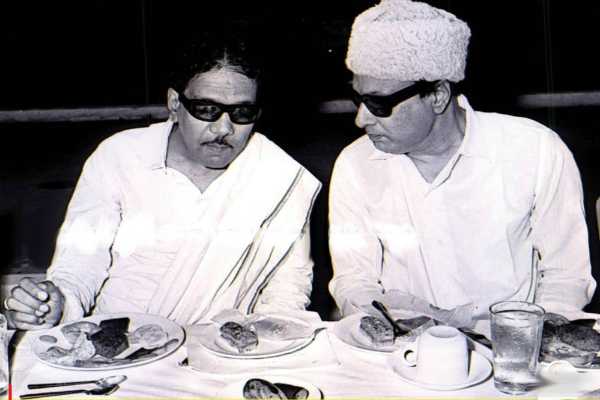
“While an assertive populism of the DMK offered fresh opportunities to new aspirations of intermediate caste groups, the paternalist populism of AIADMK gave more attention to the needs of Dalits, women and the rural poor among others. Even though the policies associated with paternalist populism encouraged little individual autonomy, the assertive populism of the DMK combined these welfare measures with the rhetoric of social justice. This made a material difference to the lives of lower castes. For instance, the welfare measure initiated through the Tamil Nadu Integrated Nutrition Programme such as ICDS and noon meal schemes made a substantial contribution to improving nutritional outcomes for infants, pregnant women and lactating mothers,” he says in a paper titled ‘Dravidian populism and social protection’.
This is how competitive populism benefited the people, irrespective of party affiliations.
Rural social transformation
In all the 12 articles in the book, a common invisible thread that connects these articles together is how the rural social transformation has taken place in the last 50 years.
In rural areas, agriculture has been the primary occupation. In the past, only a handful of landlords or zamindars had large lands. Most of the village population were dependent on these landlords for their livelihood. They would work in the fields for nearly 18-20 hours and were usually paid in kind as paddy, which in most cases would not be sufficient for a whole family.
The British, when they came, had not taken the exploitation of labourers seriously. But with the rise of the Justice Party, that transformed into a self-respect movement and spread its wings as Dravidar Kazhagam, there was a huge anti-Brahmin wave.
Because of this, Brahmins who were hitherto owners of land, migrated to the cities and intermediary castes such as Kallars, Naidus, Naickers became owners of those lands. Dalit labourers in the Delta region rose against the new owners and demanded hike in wages and a stop to atrocities.
When DMK came to power in 1967, it passed a slew of laws that gave protection to the tenants such as stopping them from eviction by the landlord.
The PDS introduced by the DMK during this time made the farm labourers reduce their dependency on zamindars for work and food.
But the Dravidian governments did not stop with just the PDS. They introduced caste-based reservation policy in Tamil Nadu and ensured medical education to the intermediate castes and classes from rural areas.
“Consequently, a cadre of doctors with roots in small towns, willing to work in primary health centres in villages, has emerged in Tamil Nadu,” says Kalaiyarasan.
But exams like NEET, have the potential to reverse all these achievements, he warns.
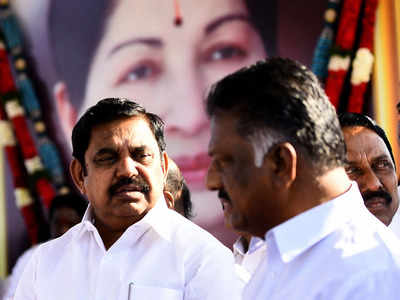
How populism sharpened caste conflicts
Although it is claimed that populism benefited the people, M Vijayabaskar argues that the excessive attention by the state to populist welfare at the expense of interventions in the productive economy may have paved the way for a regime of rural dispossession that appears to be seemingly costless at present.
“However, this is likely to have implications for sustaining a future trajectory of growth accompanied by welfare,” he added.
His worry has basis since most of the intermediary castes are angry over Dalits reaping benefits through these populist schemes.
“The intermediate caste based parties see the mild gains made by Dalits through both assertive and populist state intervention as being inimical to their welfare. The provision of free rice and subsidised food through the PDS, along with better implementation of the National Rural Employment Guarantee Act, led to an undermining of traditional rural social relations that enabled the cultivating castes to access agricultural labour on the former’s terms,” writes Vijayabaskar in his paper ‘Populism and collective action’.
Reservation, an assertive populism, made by DMK paved the way for the Dalits to step into new career opportunities and has instilled fear among intermediary castes.
“It has resulted in political mobilisation among such (intermediary caste) parties to unleash violence in response to the growing incidence of inter-caste marriages between Dalit men and women from intermediate castes,” he says.
Vijayabaskar also mentions the novel ‘Kanganam’, penned by Perumal Murugan, which revolves around the failed marriage attempts of the protagonist Mariappan, a 37-year-old farmer from Gounder community in western Tamil Nadu. Most girls reject due to his ‘agrarian masculine demeanour’.
“This narrative of peasant masculinity, out of step with the changing ethos of a rapidly urbanising society …points to shifting practices and notions of masculinity across castes in a village in northern Tamil Nadu in the wake of rapid socio-economic transformation and the accompanying decline of land as a source of power and control. The recent attacks on Perumal Murugan, orchestrated by caste outfits and Hindu right wing groups in response to what was seen as his demeaning of the Kongu Vellala caste practices, too can be interpreted in this light,” he says.
Base of social justice
Formed primarily on the basis of self-respect and social justice, the DMK upheld these as its principles and policies. The AIADMK, which was carved out of the DMK and became the latter’s archrival, in addition to these, also focussed on outdoing the DMK through populist schemes.
“During elections, both the DMK and AIADMK come up with their own list of achievements and populist schemes, and claim they can give welfare governance more than the other,” says noted economist J Jeyaranjan, who edited the book.
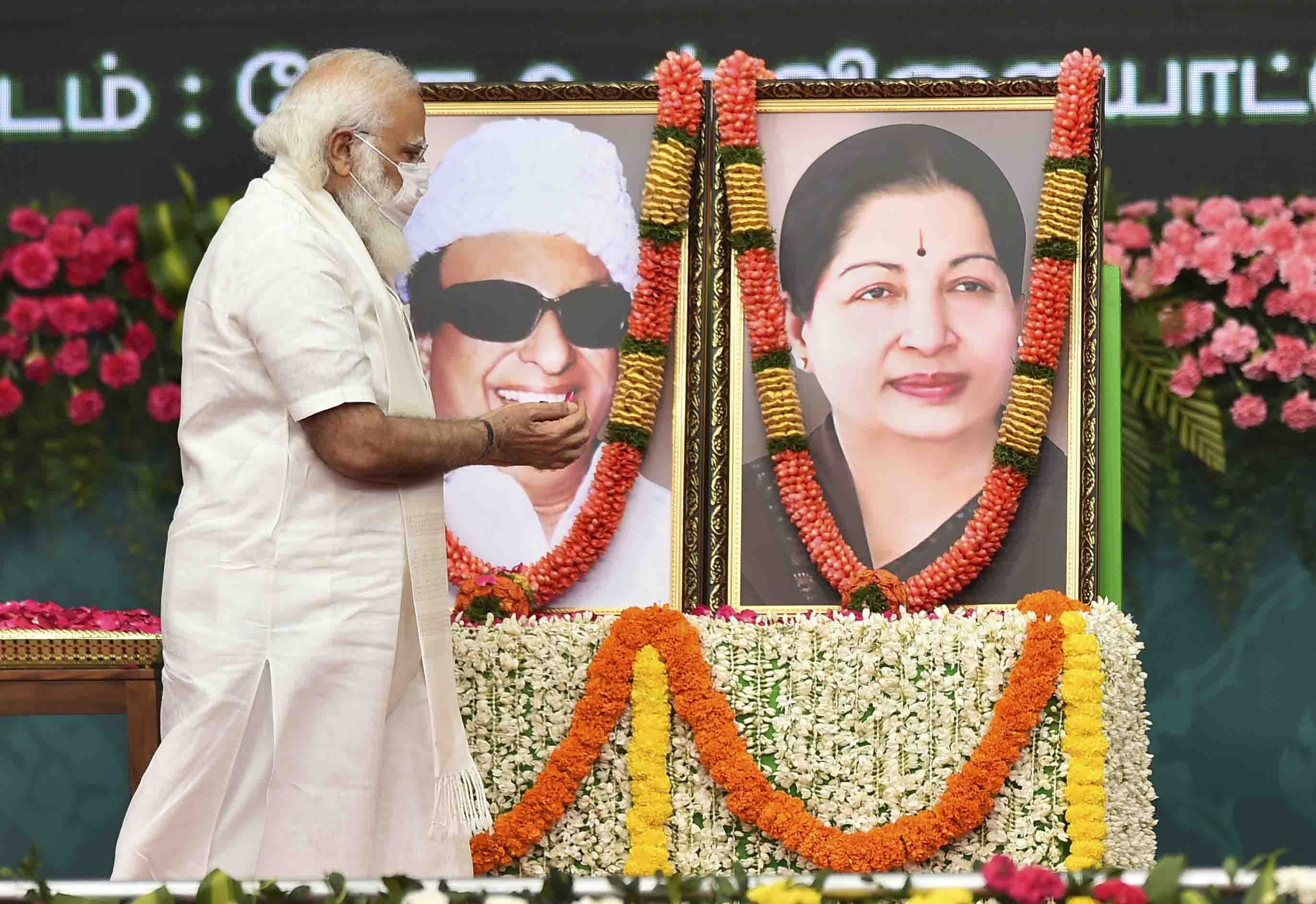
Kalaiyarasan stresses that the concept of social justice has remained the guiding principle of key policy interventions in the state among both the parties.
“A combination of populist welfare measures and the idea of social justice has produced a political commitment to the provision of certain basic public services in the state. Under the DMK, the combination of affirmative action and Tamil identity worked to empower lower castes and generated aspirations among intermediate caste groups,” he says.
“At a time when Tamil Nadu is gradually losing its rights one by one, starting from reservation to education to language to share of revenues, we believed that bringing such a book with a title that openly advocates Dravidian parties, will make the people decide wisely while casting their vote,” says VMS Subagunarajan, publisher, Kayal Kavin Publications, which brought out the book.
